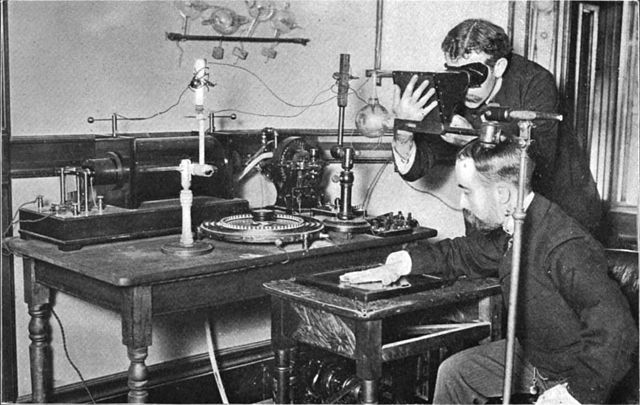Earth's internal heat budget
Earth's internal heat budget is fundamental to the thermal history of the Earth. The flow of heat from Earth's interior to the surface is estimated at 47±2 terawatts (TW) and comes from two main sources in roughly equal amounts: the radiogenic heat produced by the radioactive decay of isotopes in the mantle and crust, and the primordial heat left over from the formation of Earth.
Cross section of the Earth showing its main divisions and their approximate contributions to Earth's total internal heat flow to the surface, and the dominant heat transport mechanisms within Earth
Earth's tectonic evolution over time from a molten state at 4.5 Ga, to a single-plate lithosphere, to modern plate tectonics sometime between 3.2 Ga and 1.0 Ga
Radioactive decay is the process by which an unstable atomic nucleus loses energy by radiation. A material containing unstable nuclei is considered radioactive. Three of the most common types of decay are alpha, beta, and gamma decay. The weak force is the mechanism that is responsible for beta decay, while the other two are governed by the electromagnetism and nuclear force.
Pierre and Marie Curie in their Paris laboratory, before 1907
Taking an X-ray image with early Crookes tube apparatus in 1896. The Crookes tube is visible in the centre. The standing man is viewing his hand with a fluoroscope screen; this was a common way of setting up the tube. No precautions against radiation exposure are being taken; its hazards were not known at the time.




